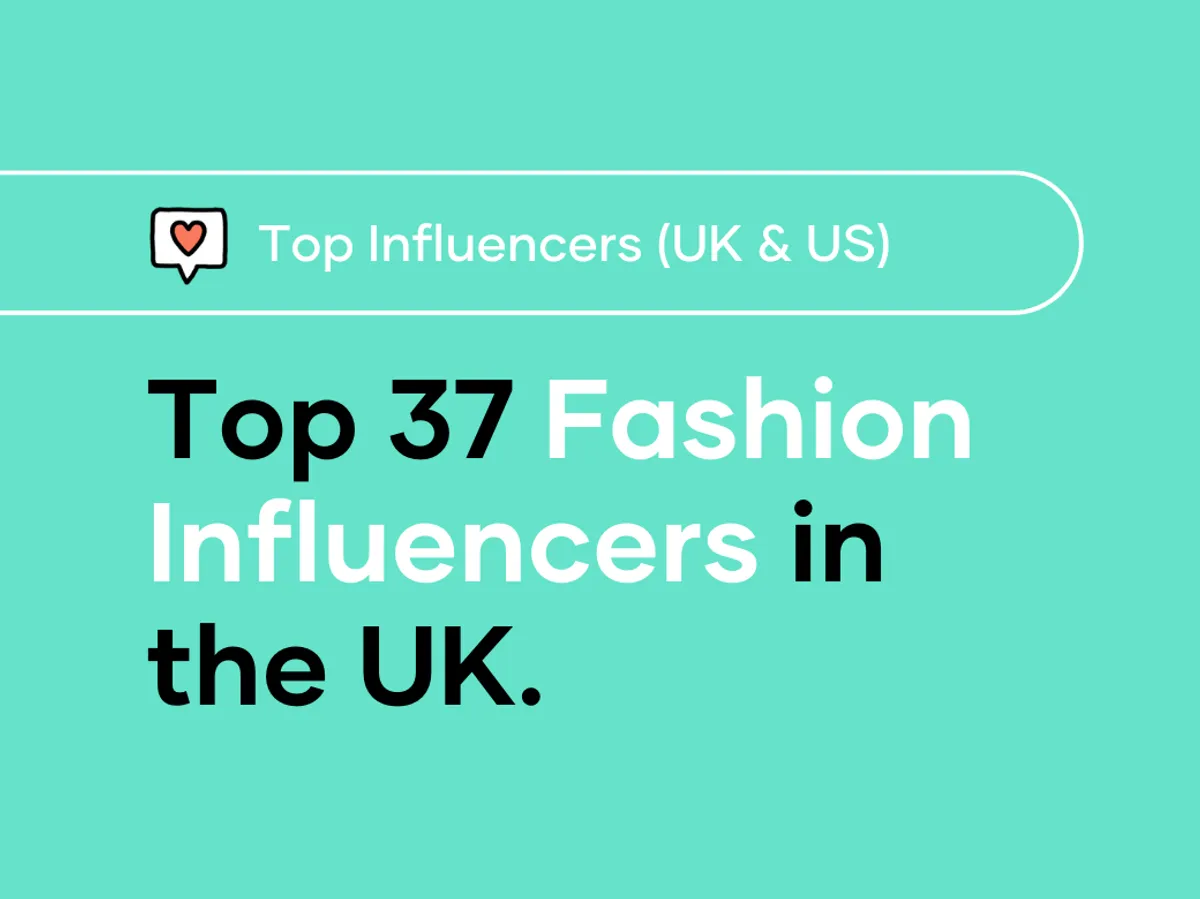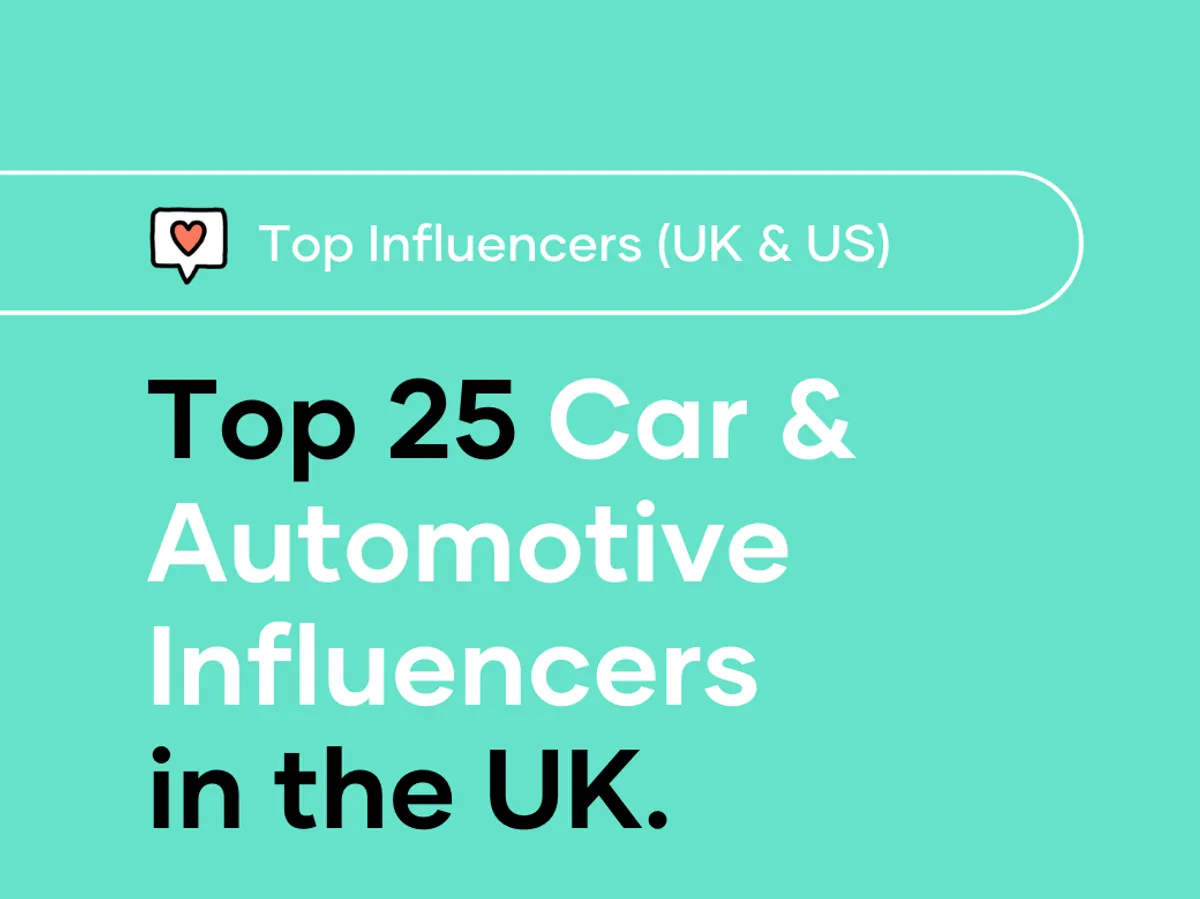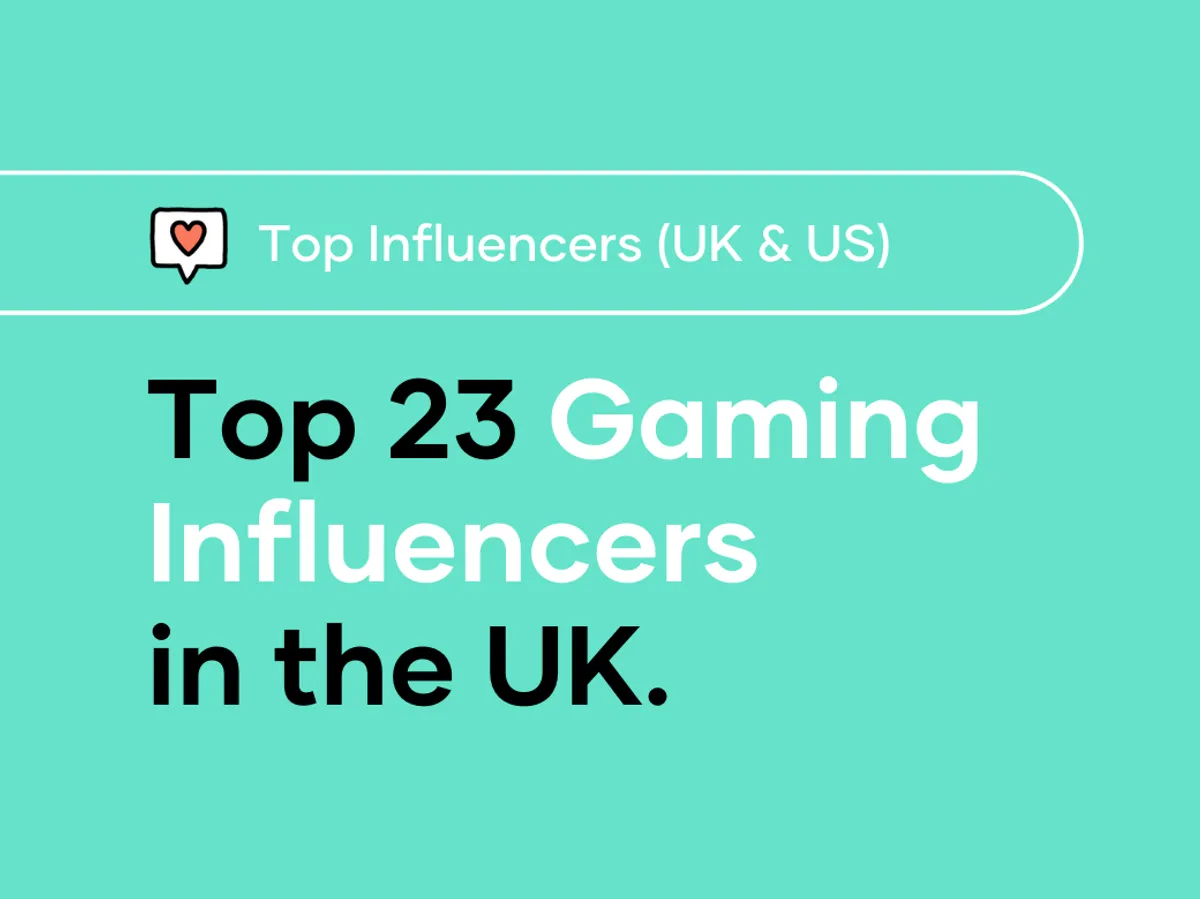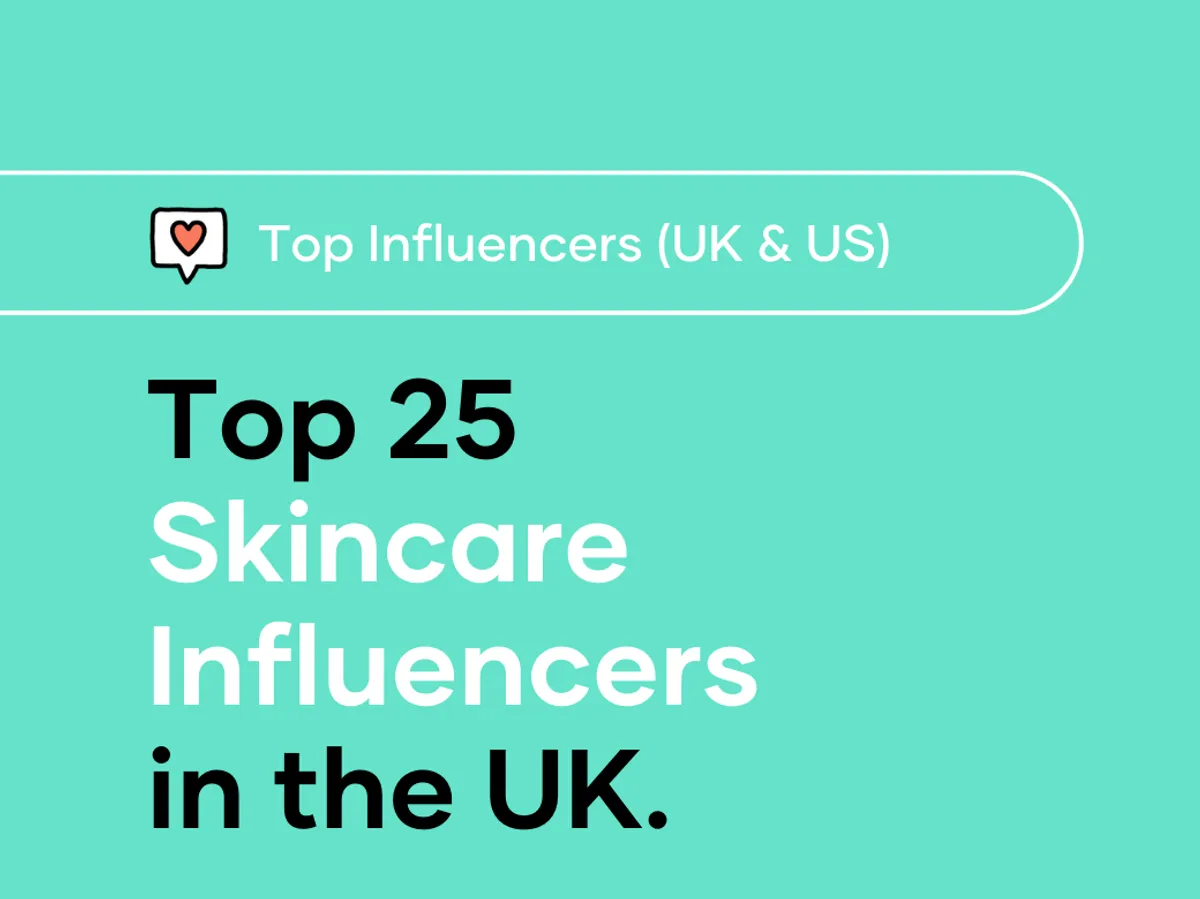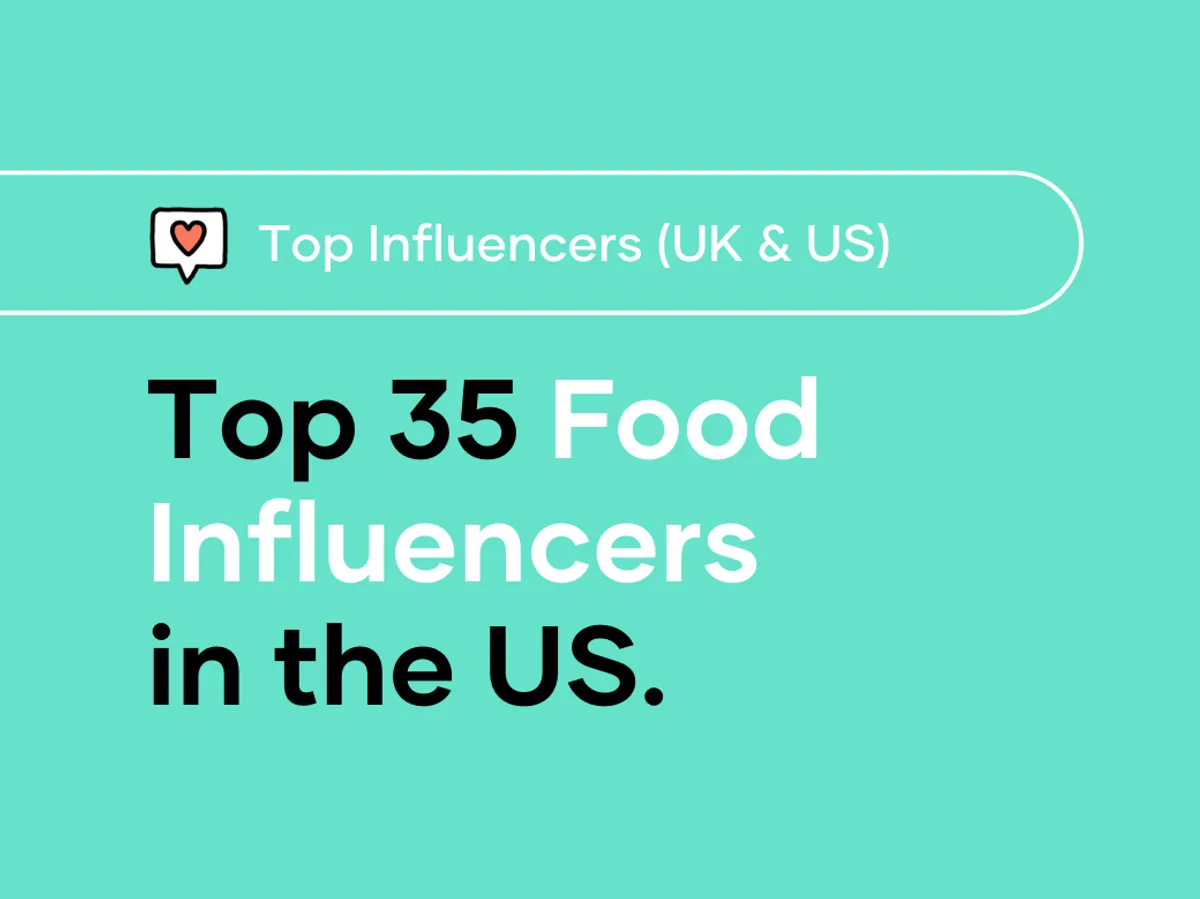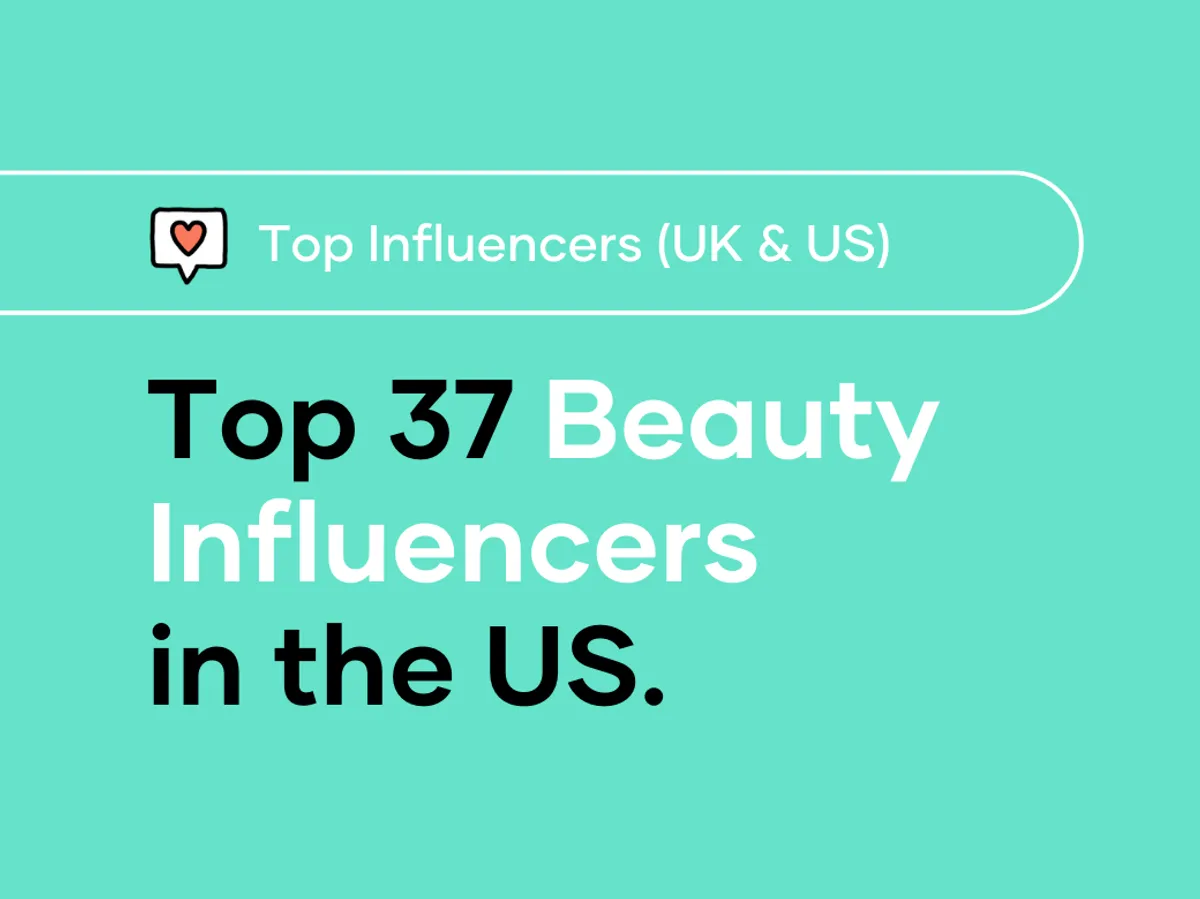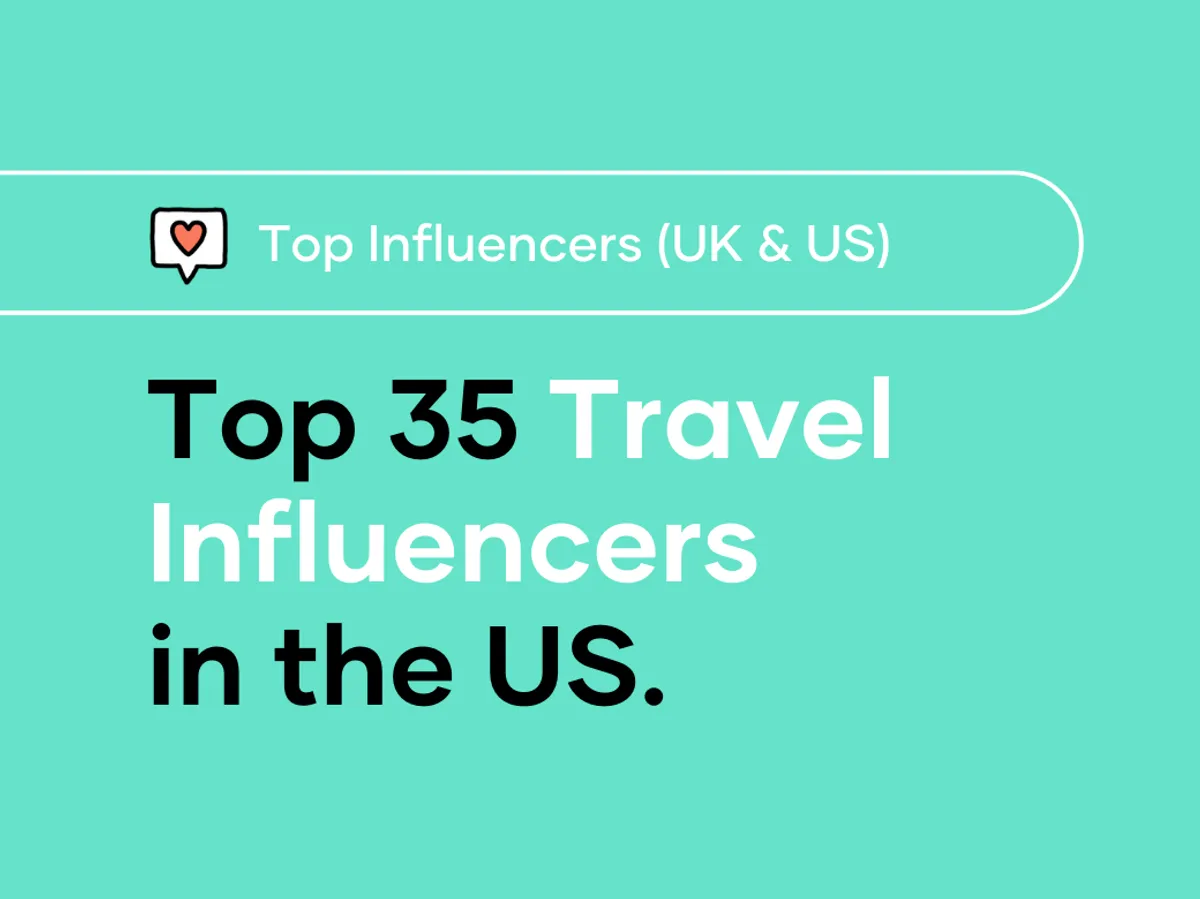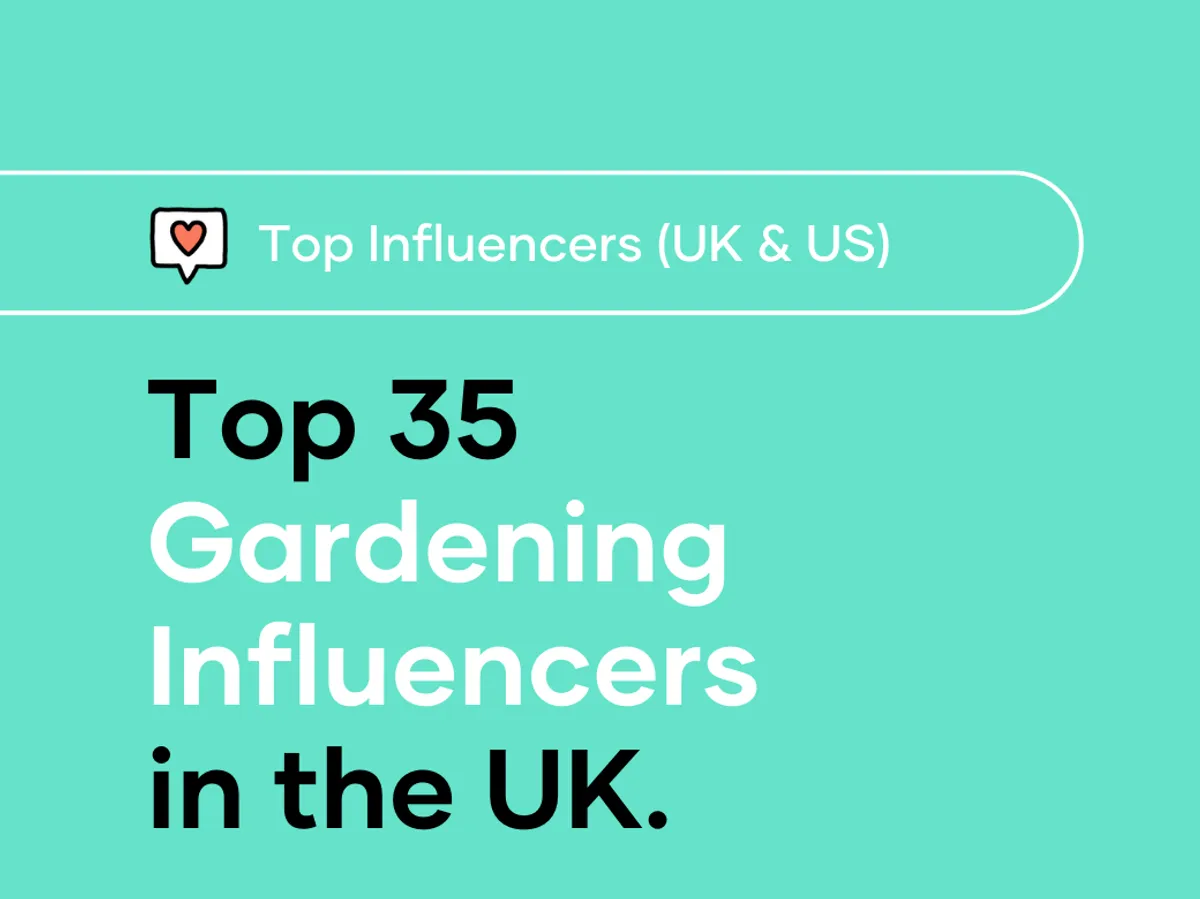Essential Guide to Influencer Marketing in 2025

Contents
Did you know that 93% of marketers have used Influencer Marketing?
We’ve seen more and more brands using influencers to generate awareness, increase engagement, and drive sales during the past few years.
But, do you know how to successfully create and manage an Influencer Marketing campaign that will boost your brand on social media?
In this article, we’ll explain what Influencer Marketing is, how it can benefit your brand, and all the basics you need to know to successfully run a campaign.
Ready? Let’s get into it.
Stay up to date
What is influencer marketing?
With the rise of social media, some users have positioned themselves as opinion leaders, experts and prescribers, as well as built trust with their audiences. For reference, 61% of consumers trust product recommendations they get from influencers.
Brands collaborate with these influencers to advertise their products and services to their niche audiences, with Instagram being the number one platform to collaborate with them.
And, for those who still wonder if Influencer Marketing actually works, the proof is in the pudding. The Influencer Marketing industry has grown from $1.7B in 2016 to $16.4B this year.
But what makes influencers so unique?
They know how to integrate brands into their content seamlessly, so their posts don’t come across as advertisements but as genuine recommendations. Choosing the right influencers within a specific niche is vital for good campaign performance.
Types of social media influencers
Choosing the right kind of influencer can impact your campaign’s performance.
There are different types of influencers based on their following, and each type will work best for a different campaign objective.
That’s why you have to choose smart when picking influencers for a campaign, depending on your campaign’s goal and KPIs.
Nano & Micro
Nano-influencers have audiences of up to 10.000 followers & micro-influencers go from 10.000 to 100.000 followers. They have smaller audiences but higher engagement rates.
These influencers are better for engagement and conversion campaigns. They are more dedicated to their audiences, and there’s an extra element of trust between the audience and creator, which leads to higher chances of conversion.
Macro & Mega
Macro-influencer audiences have between 100.000 and 1M followers, while Mega-influencer’s followings are anything beyond that. That means they have bigger audiences but lower engagement rates.
These influencers are better for awareness campaigns as they have a very high post reach, but audiences tend to be less engaged with their content.
The importance of User-Generated Content
User-generated content, also known as UGC, is content created by customers and published on the brand’s social media channels.
This content comes across as 2.4x more authentic than content created by brands. Also, it helps increase engagement, loyalty, drive conversions, and improve brand sentiment.
These are several reasons why many brands work with nano and micro-influencers (also known as content creators) to get hold of more of this organic content and then share it on their own platforms.
How much does influencer marketing cost?
Influencer marketing costs depend on the type of influencers used. Larger influencers expect to be monetarily compensated, while smaller influencers like nano-influencers might be up for a gifted collaboration (no compulsory posting required).
The average rates for a single standard Instagram static post are:
Nano from £50
Micro from £250
Macro from £1,500
Mega from £5,000
Of course, this isn’t always the case.
Other factors that can increase these rates can be the size of the campaign, expected deliverables, agency fees, permission to run ads with the content, adding Reels to the main feed and pinning collaboration posts to the top of their Instagram account.
On top of that, most agencies charge between 20% and 30% commission per campaign - depending on the size of the campaign, and the volume of influencers required.
How to create an influencer marketing strategy?
Whether you decide to do it yourself or hire a social media agency to build and manage your Influencer Marketing campaign, some steps must be followed.
Set your goal & KPIs
What is your campaign objective? This will decide what type of influencer you should use to achieve better results. Also, it’s important to choose the right KPIs so when you’re running the campaign with your selected influencers, you’ll be able to track performance.
Know your audience
Knowing your target audience will also help you decide what type of influencer and niche you should go for when selecting the talent. Think about who your audience follows on social media, whose recommendations they follow, and what content they consume.
Follow the rules
Being aware of the current advertising law is key to avoiding any fines or trouble when running influencer campaigns.
Understand the platforms
To achieve better performance, all content should be optimised for each social media platform.
Make sure you understand what each platform requires so you can better brief the selected influencers and share best practices for the content they will create for your brand.
Source the influencers
Pick a niche and do your research.
We recommend looking for influencers with an engagement rate above 3%. It’s also important to look at their content interactions, audience sentiment, content quality and consistency to prove that they have the right audience and don’t have fake followers.
We also believe in the importance of diversity to represent each potential customer. This means race, gender and sexuality, localities within a country, education and style.
Create a brief
Make it visual, clear and straightforward.
Tell your selected influencers the campaign goal, the brand’s core values, details about the product/service you’re trying to promote, deadlines, tags and hashtags to add to the content, and some examples to get inspired.
Measure your results
With every campaign, it’s key to track and measure results to see how it’s performing so you’re on time to make any adjustments.
Also, you can give each influencer a custom link so you can track clicks and sales.
Influencer marketing tools
At the Social Shepherd, we do all the sourcing manually, as we like to create bespoke lists of influencers for each campaign to ensure they’re a perfect fit for the client and the product they’ll advertise.
However, we do use a couple of tools to help with the sourcing and manage the campaigns once we’ve selected all the influencers.
TikTok Creator Marketplace is a free tool provided by TikTok to source, filter and manage in-platform campaigns.
HypeAuditor is a paid influencer marketing platform that allows you to source and manage campaigns.
Want to take your brand to the next stage with Influencer Marketing?
The Influencer Marketing industry keeps growing every year, which proves its efficiency and popularity among brands.
Whether you want to manage it yourself or choose an Influencer Marketing agency to create and manage the campaign, it’s important to choose the right campaign objective and type of influencer to achieve the best performance.
At The Social Shepherd, we have a dedicated Influencer Marketing team, that works alongside our other departments, which creates bespoke influencer campaigns tailored to each brand.

You might also like
Don’t be sheepish
let’s talk

